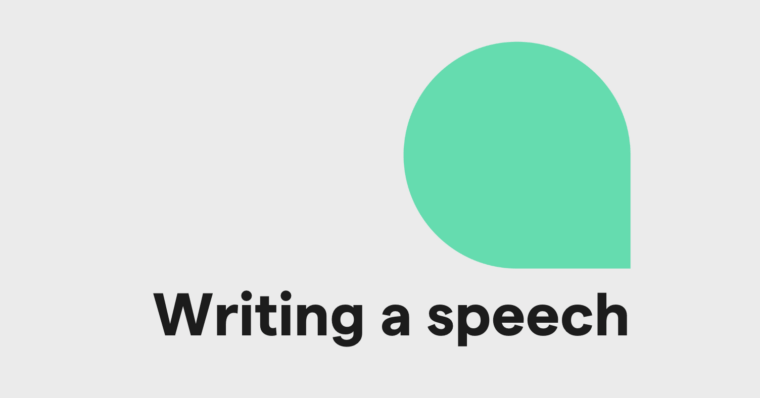
Being asked to make a toast at a special event can be an honor—but it can also be daunting, especially if you don’t have a lot of public speaking experience. That said, with the right preparation, you can make your toast both impactful and well-received.
Here are four key tips for writing an excellent toast, whether it’s for a wedding, holiday gathering, work celebration, or another event.
Craft an engaging story
The art of the toast lies in storytelling. But the key is to also make a point, so having a theme or thesis statement can help you write an engaging toast. Keep in mind that stories should have a beginning, middle, and end. And everything you include should build to your final words and prove that theme or thesis.
Here are a few storytelling methods you may want to use:
- Juxtapose life before and life with the person being toasted: This approach allows you to show how the person being toasted improved circumstances or made an impact on your life.
- Talk about the best thing about them: Using a series of anecdotes to showcase the person’s best quality lets you show your appreciation for who they are while establishing your relationship with them for the audience.
- Focus on your favorite story with them: Focusing on a single, salient story about the person you’re toasting can simplify your argument. And by making it your favorite story, you’ll build in authenticity, especially if you aren’t necessarily close with the subject of your toast.
Be sure to keep the details of your stories interesting and relevant, and avoid clichés. If you’re finding it difficult to know where to start, try starting with a theme and working backward to find stories that prove your argument.
Ask for direction, if appropriate
If you can, asking for ideas about what should be covered or the desired tone of the toast can help you figure out where to start—and what to avoid. The content of a toast should be appropriate for the intended audience, too; that could very well mean leaving a very personal or potentially embarrassing memory out, no matter how entertaining it might be. Use your judgment here. If you aren’t sure whether to include something or not, asking friends, family members, or coworkers for advice can also help.
Ultimately, chances are, if someone specifically asks you to make a toast, they’ll want you to be yourself. In that case, trusting your gut and using common sense is the way to go. Just remember to keep the focus primarily on whomever you’re toasting and avoid making too many inside jokes. That way, everyone in the audience will have something to latch onto while you speak.
Consider the context
If you’re writing a toast for your best friend’s wedding, it’s probably going to sound a lot different than a toast intended for your boss, in front of managers and/or execs.
Consider a few factors:
- Who will be in your audience: Will that story be OK in front of their grandmother? Will you be comfortable telling it?
- What tone is appropriate: A toast isn’t a roast, and playful jokes can come off badly if the tone isn’t right. Grammarly’s tone detector can help ensure your tone comes across the way you intend.
- What the conventions are for the kind of toast you’re giving: Should you say your job title, congratulate the bride and groom, or thank the host?
- Your goals for the toast: Do you want to leave them laughing? Make it heartwarming? Keep things formal? Or do something else?
Practice with purpose
A toast is meant to be read aloud, and taking that into consideration as you edit can help you weed out awkward phrasing or overly complex sentences. For example, while practicing your toast, notice if you find yourself stumbling over certain words, using too much bland or overused language, or having to take a breath in the middle of a particular sentence.
If you time yourself as you read your draft aloud, you’ll also understand if it’s running too long. In general, it’s best to try to keep a toast to five minutes or less—or a maximum of 750 words long. Even if you’re quite close to the person you’re toasting, you want to avoid rambling on so long that your audience zones out.
Once you’ve gotten the speech to a place that you’re comfortable with, read it aloud to someone you trust. That way, you’ll be able to get feedback and see how your words impact them. For example, if you have jokes written into the toast, it helps to know if they’ll land, and if they do, you’ll need to allow time for laughs.
You don’t necessarily have to memorize your toast to a tee. In fact, doing so can take away from your authenticity. The idea, rather, is to have points of reference, keep your stories moving, and prove your point. Having main points written out on index cards to reference while you speak can serve as helpful visual cues and help you avoid nervously stumbling or forgetting a part of your carefully prepared speech.






